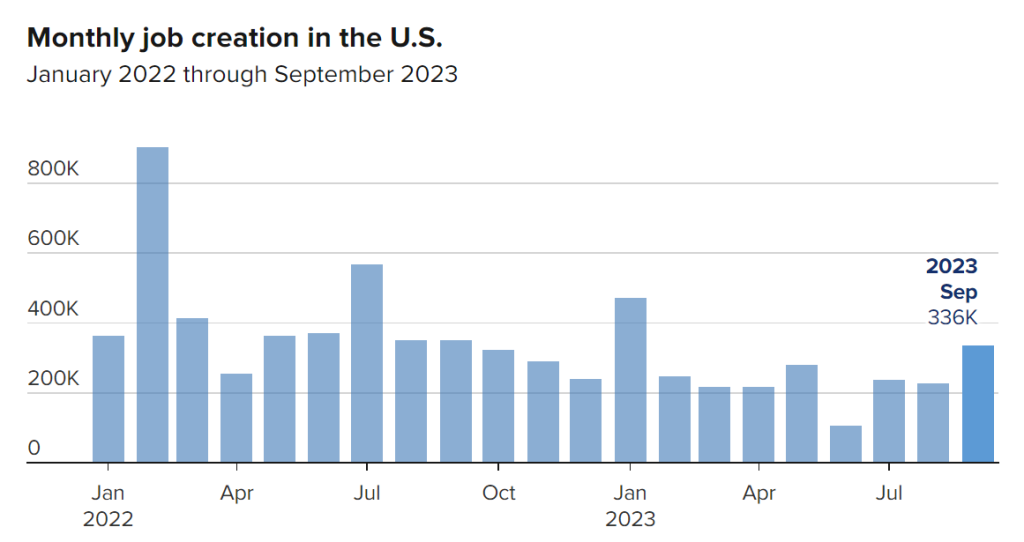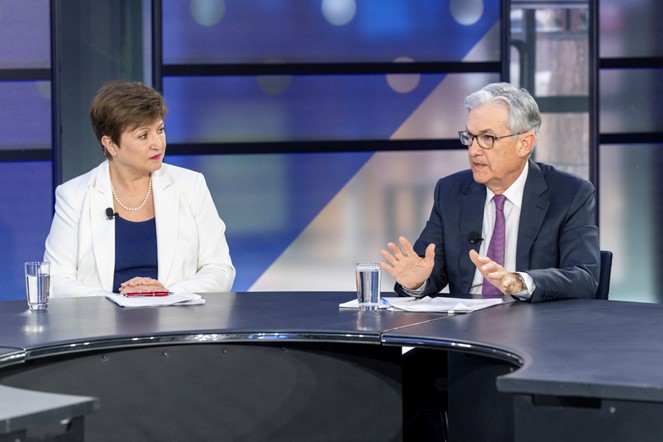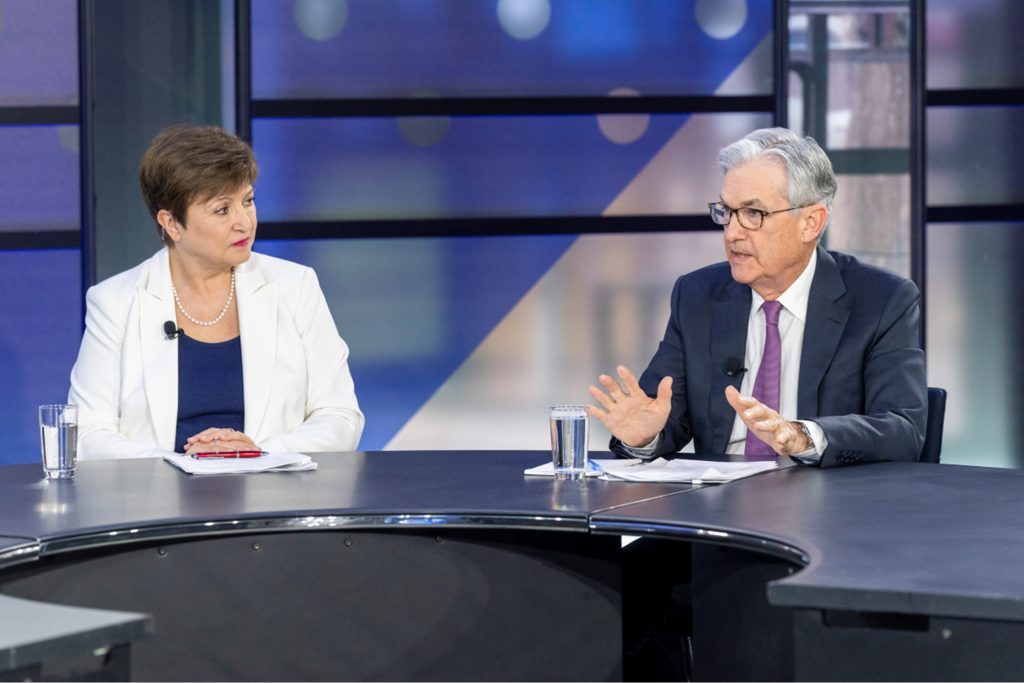The U.S. job market continues to show resilience despite the Federal Reserve’s efforts to cool economic growth, according to new data released Thursday. Initial jobless claims for the week ending January 13 fell to 187,000, the lowest level since September of last year.
The decline in claims offers the latest evidence that employers remain reluctant to lay off workers even as the Fed raises interest rates to curb demand. The total marked a 16,000 drop from the previous week and came in well below economist forecasts of 208,000.
“Employers may be adding fewer workers monthly, but they are holding onto the ones they have and paying higher wages given the competitive labor market,” said Robert Frick, corporate economist at Navy Federal Credit Union.
The surprising strength comes even as the Fed has lifted its benchmark interest rate seven times in 2023 from near zero to a range of 4.25% to 4.50%. The goal is to dampen demand across the economy, particularly the red-hot job market, in order to bring down uncomfortably high inflation.
In addition to the drop in claims, continuing jobless claims for the week ending January 6 also declined by 26,000 to 1.806 million. That figure runs a week behind the headline number and likewise came in below economist estimates.
The resilience in the labor market comes even as broader economic activity shows signs of cooling. In its latest Beige Book report, the Fed noted that the economy has seen “little or no change” since late November.
Housing markets are a key area feeling the pinch from higher borrowing costs. The Fed summary showed residential real estate activity constrained by rising mortgage rates. Still, there were some green shoots in Thursday’s housing starts data.
Building permits, a leading indicator of future home construction, rose 1.9% in December to 1.495 million. That exceeded economist forecasts of 1.48 million permits. Actual housing starts declined 4.3% to 1.46 million, but still topped estimates calling for 1.43 million.
“The prospects of future easing from the Fed were raising hopes that the pace could accelerate,” the original article noted about housing.
Outside of housing, manufacturing activity in the Philadelphia region contracted again in January, though at a slightly slower pace. The Philly Fed’s index rose to -10.6 this month from -12.8 in December. Readings below zero indicate shrinking activity.
The survey’s gauge of employment at factories in the region also remained negative, though it improved to -1.8 from -7.4 in December. Overall, the Philly Fed report showed declining orders, longer delivery times, and falling inventories.
On inflation, the prices paid index within the survey fell to 43.4 from 51.8 last month. That indicates some easing of cost pressures for manufacturers in the region. The prices received or charged index also ticked lower.
The inflation figures align with the Fed’s latest nationwide look at the economy. The central bank’s Beige Book noted signs of slowing wage growth and easing price pressures. That could give the Fed cover to dial back the pace of interest rate hikes at upcoming meetings this year.
But policymakers also reiterated they plan to keep rates elevated for some time to ensure inflation continues cooling toward the 2% target. Markets still expect the Fed to lift rates again at both its February and March gatherings, albeit by smaller increments of 25 basis points.
With inflation showing increasing signs of moderating from four-decade highs, the focus turns to how much the Fed’s actions will slow economic growth. Thursday’s report on jobless claims hints the labor market remains on solid ground for now.
Employers added over 200,000 jobs per month on average in 2023, well above the pace needed to keep up with population growth. And the unemployment rate ended the year at 3.5%, matching a 50-year low first hit in September.
While job gains are expected to downshift in 2024, the claims report suggests employers are not rushing to cut staff yet. How long the resilience lasts as interest rates remain elevated and growth slows remains to be seen.
For the Fed, it will be a delicate balance between cooling the economy just enough to rein in inflation, without causing substantial job losses or triggering a recession. How well they thread that needle will be closely watched in 2024.







